NYT: "The Truth About Cars and Cellphones"
Very funny, guys. We get it. The Truth About Cars takes you to task for your shoddy “investigative” report into the National Highway Traffic Safety Administration’s (NHTSA). You respond with an editorial called “ The Truth About Cars and Cellphones.” Inside joke or not, we stand by our condemnation. First, conflating cell phone use with other distractions—excoriating drivers who “juggle hot coffee and a Mc-whatever or attend to personal grooming in the rearview mirror”—is both lazy AND stupid. Second, repeating your dubious charges—that the NHTSA bent to political pressure instead of faithfully discharging its duties—does not make them so. And third, semantics are the second-to-last refuge of a scoundrel. To wit:
What we want to know is: Since when did trying to save lives constitute lobbying?
The NHTSA has an approved protocol for commissioning research, analyzing the results, updating members of the safety community (including the relevant state authorities), making recommendations for corrective action (when needed) and creating automotive safety legislation. I would say that subverting that system—which is exactly what the Times is suggesting should have occurred—constitutes lobbying (in the negative sense).
Is it the NHTSA’s place to “advise” states to amend or create driving laws before the federal agency has conclusive evidence that any such amendment or new law is A) warranted and B) effective? Lest we forget, ALL states have laws against dangerous driving or driving while distracted. The NHTSA was not preventing any state from creating a new law OR enforcing existing laws. It was investigating the dangers of driving while yakking on the cell—as it does many risk factors—in a methodical manner.
Six years later, the Transportation Department advises drivers to avoid cellphones except in emergencies. But far too many Americans now consider phoning while driving to be standard behavior. The department estimates that roughly 12 percent of drivers are on the phone at any given time — twice the estimate of its own researchers when their effort to document the risks was rebuffed.
Hyperbole, lax reporting, bias, innuendo and a cheap shot at TTAC. Nice work, guys.
More by Robert Farago
Latest Car Reviews
Read moreLatest Product Reviews
Read moreRecent Comments
- SCE to AUX This was the same car I had (05 xB, stick, "camouflage" color) for 7 years - great car.We called ours "The Lunchbox". I added aftermarket wheels, and the 3rd-party cruise control the dealers could install.It suffered only two failures: bad window switch in week 2 (dealer fixed in 1 hour), bad trailing O2 sensor (fixed myself for $70). Fuel economy was always 28-34 mpg.It was a potential death trap, and ride quality became unbearable after 2 hours. I once did a 10-hour round trip in it and could barely walk after.Traded it for a 2012 Leaf, which was a better car in some ways.
- Bd2 The "e" nomenclature signifies the e-ATPs which BMW is pursuing.
- Dave M. I'm sorry to see any storied name go away. The lifespan of the Malibu has fit perfectly in my lifetime years-wise. Some of the highlights include the first and second generations, the '78 revamp (very clean design), and the 2005 generation. Ford, GM and Mopar gave this segment away by allowing Toyota and Honda a foot in the door and then always having to play catch-up. How hard is it to make a truly competitive sedan at a profit? Obviously, Japan Inc. figured it out.I've driven a few rentals these past years; the Malibu got the job done but honestly the Passat and Altima were my rental preferences.
- Kcflyer actually yes. It's a shame that a product this uncompetitive can still outsell GM's entire EV offerings. Those products have had billions thrown at them. Imagine how nice the new Malibu, Impala, SS, and Lacrosse would be with that kind of commitment.
- 3SpeedAutomatic Nope....




















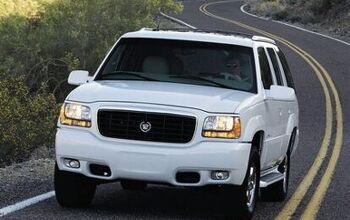
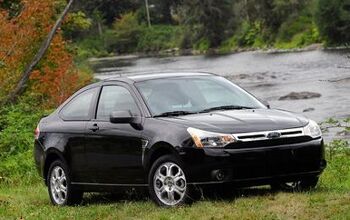
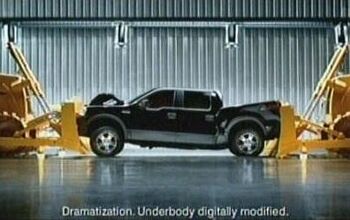








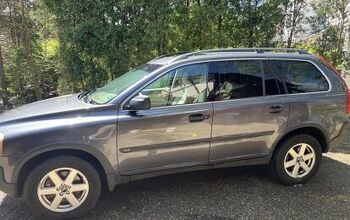

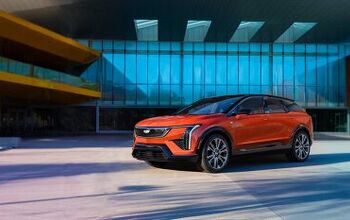
Comments
Join the conversation
PS. Since I guess we can't exactly count on pch101 to fess up to his error, I'll put the sheer magnitude of it out there. If we assume the numbers he uses, in transitioning from the risk factor model to the model in his head, the total fatalities attributable to the "12%" talkers should be about 14% instead of 2%, or about 7 times off. This would be considered quite egregious. In other words, if we are to phrase it the way pch does, the sentence should read: Now apply the other figures, and we’re left with 12% of the population doing 14% of the killing, and 88% of the population doing the remaining 86%. (Note that the "14%" would not be a precise value because of other correlation factors involved, which I guess would be part of the reason why pch101-head's hillbilly model is not used for such purposes)